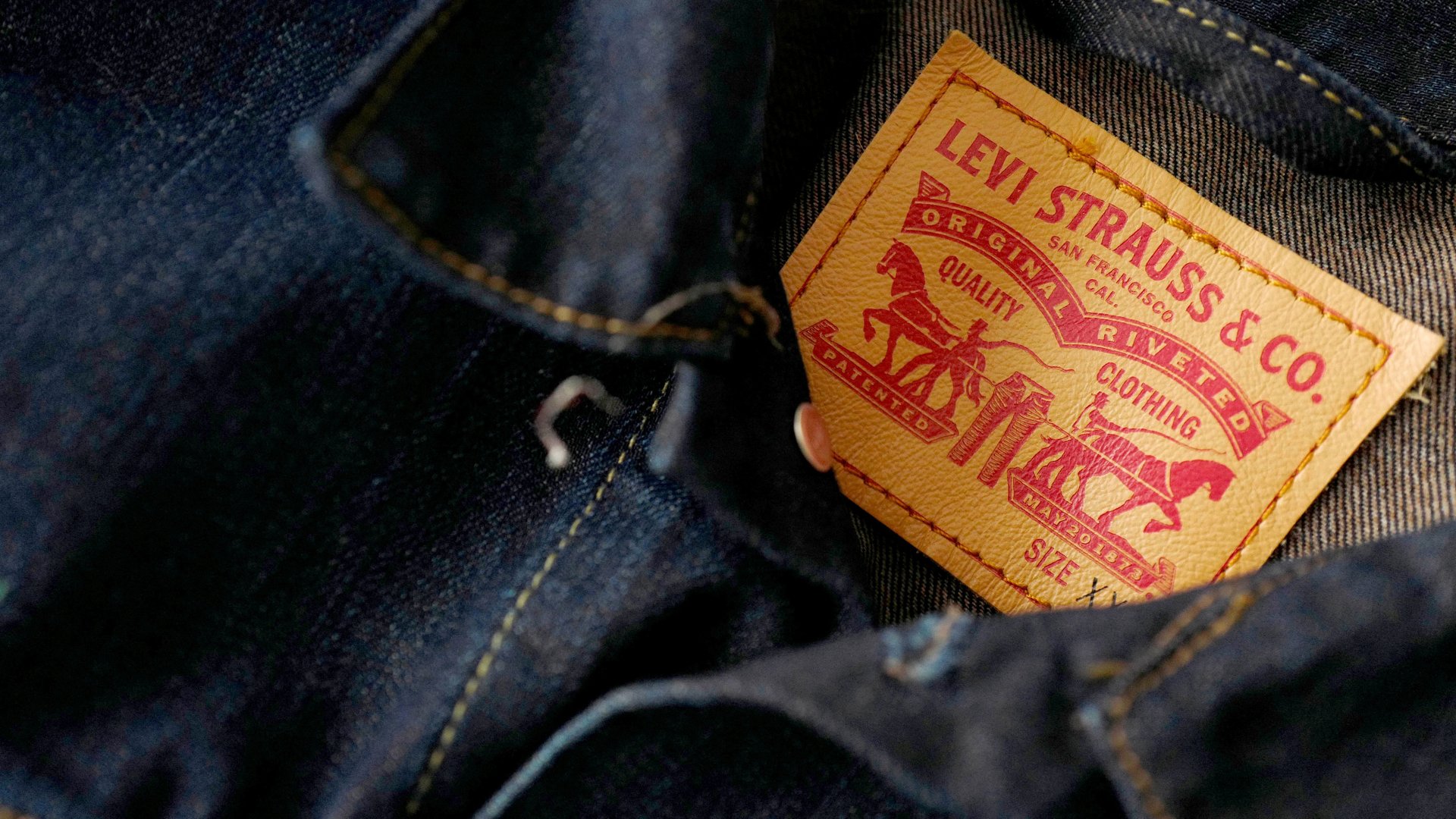Levi’s has filed to go public—again
Levi’s, the label that first put rivets in denim pants and invented the modern blue jean, is going public once more.


Levi’s, the label that first put rivets in denim pants and invented the modern blue jean, is going public once more.
The San Francisco-based brand filed for its IPO with the US Securities and Exchange Commission today (Feb. 13). The company hasn’t yet determined the number of shares it will offer or the price range it’s targeting, but a CNBC report in November that revealed the company’s IPO plans said it was looking to raise between $600 million and $800 million.
Despite the challenges facing retailers and many denim brands, which have seen activewear eat into their sales, Levi’s has flourished lately with new products, an emphasis on its heritage, and a focus on putting the brand back in the “center of culture.” Last year it did about $5.6 billion in sales, the highest number it’s reached in years, and CEO Chip Bergh told Quartz that the brand is connecting with young shoppers in a way it hasn’t for decades.
A few key strategies have helped. For one thing, Levi’s has worked to diversify its business, which includes the Dockers brand, beyond the men’s bottoms that still make up the bulk of sales, selling more items such as trucker jackets and logo t-shirts while also attracting more female customers.
It has also been ramping up its direct-to-consumer sales to reduce its dependence on other retailers—65% of its sales were wholesale in 2018—and investing in its website and stores to offer shoppers personalized products and a deeper connection to the Levi’s brand.
And Levi’s sees a big chance for growth outside the Americas, which right now makes up just over half its sales. China, for instance, accounts for about 20% of the global clothing market, but only 3% of Levi’s sales.
The supply chain is getting a revamp, too. About a year ago, the company unveiled a plan to begin breaking in its jeans entirely with lasers, a far faster process than manual distressing—one of the most labor-intensive parts of making jeans currently—that Levi’s says will ultimately allow it to operate more efficiently and respond faster to consumer demand.
The new IPO won’t be the first for Levi’s. It previously went public in 1971, bringing in about $50 million in one of the biggest IPOs of the time. Over time, however, profits fell along with the company’s share price, until descendants of the family of Levi Strauss took the company private again in a leveraged buyout.
The family still holds a large share of Levi’s, and in the risk factors Levi’s lists in its new IPO filing, it notes that the family will “have the ability to control the outcome of matters submitted for stockholder approval,” limiting the ability of others to influence corporate matters.